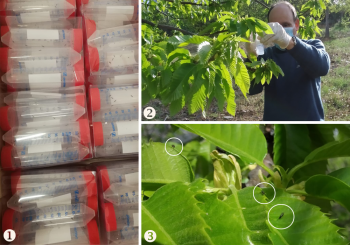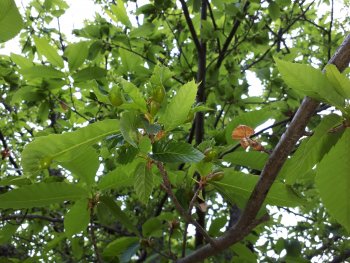Design and implementation of a new productive model around the chestnut tree as a rural development model in El Bierzo (Castile and Leon)
Submitted by Roberto Rubio on 9 January 2020The main objective was the structuring of the sectorial productive system in one of the main chestnut growing regions in Spain, El Bierzo (Castilla y León). As secondary objectives: Improvement of the phytosanitary status of the chestnut groves. Quantitative and qualitative increase of the production, productivity and profitability. Creation of employment. Normalization of the productive activity. Creation of wealth and equitable distribution. Corporate social responsibility.















